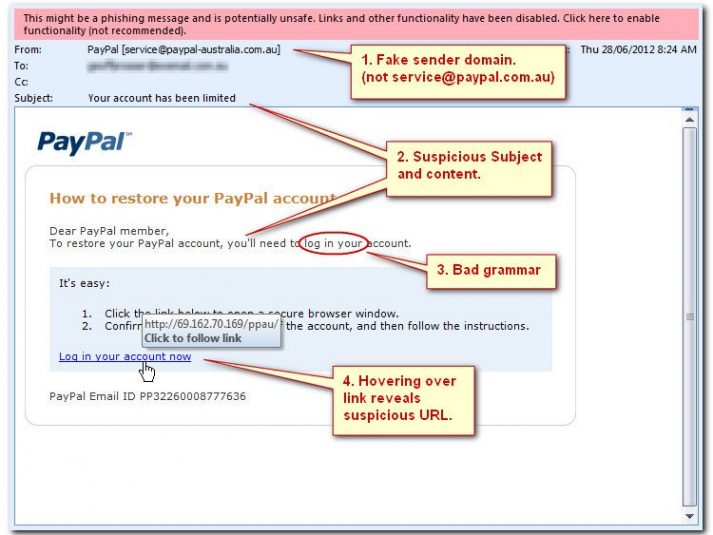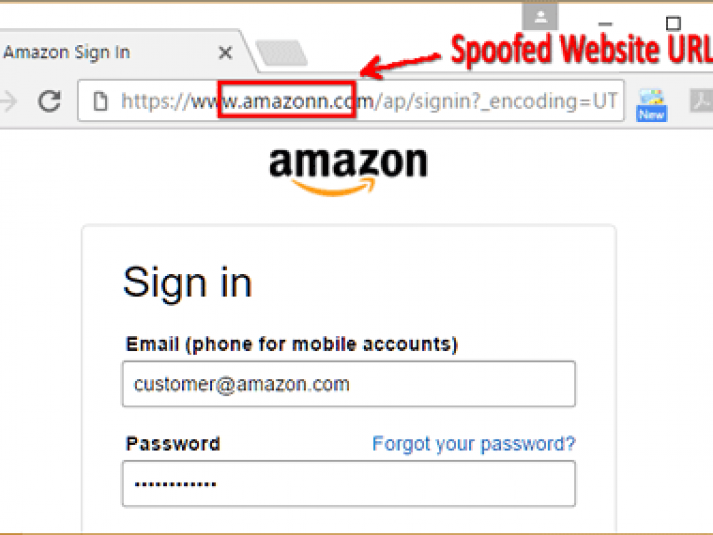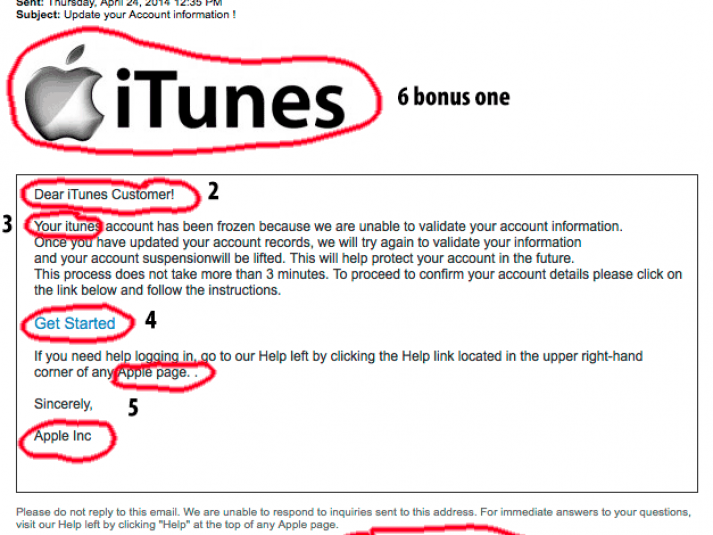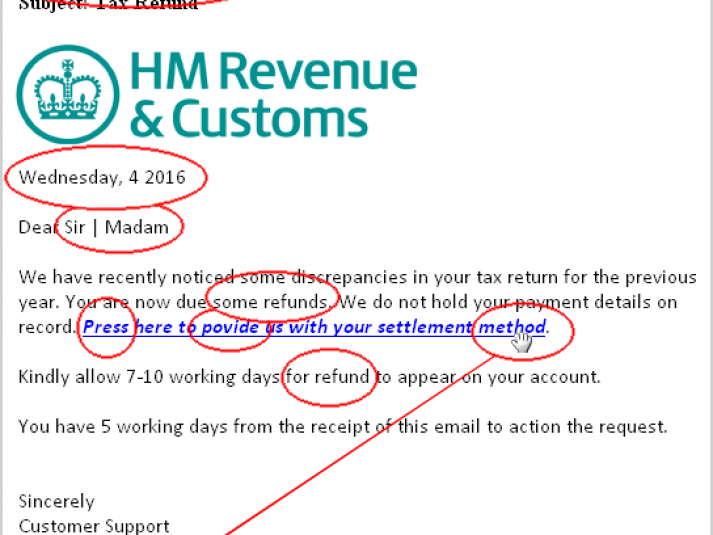Phishing describes a type of social engineering where attackers influence users to do ‘the wrong thing’, such as disclosing information or clicking a bad link. Phishing can be conducted via a text message, social media, or by phone, but these days most people use the term ‘phishing’ to describe attacks that arrive by email. Email is an ideal delivery method for phishing attacks as it can reach users directly and hide amongst the huge number of benign emails that busy users receive.
Phishing emails can hit an organisation of any size and type. Aside from the theft of information, attacks can install malware (such as ransomware), sabotage your systems, or steal money through fraud. You might get caught up in a mass campaign (where the attacker is just looking to collect some new passwords or make some easy money), or it could be the first step in a targeted attack against your company, where the aim could be something much more specific, like the theft of sensitive data. In a targeted campaign the attacker may use information about your employees or company to make their messages even more persuasive and realistic. This is usually referred to as spear phishing.
Why phishing works
Phishing works because it exploits people’s social instincts, such as being helpful and efficient. Phishing attacks can be particularly powerful because these instincts also make us good at our jobs, and shouldn’t be discouraged.
The mitigations included in this guidance require a combination of technological, process, and people-based approaches. They must be considered as a whole for your defences to be really effective. For example, if you want to encourage people to report suspicious emails, then you need to back that up with a technical means of doing so, and a process behind it that will provide timely feedback on the email they submitted. Only then will the user obtain any value from reporting, and the mitigation be effective.
Best Practices to protect your business:
- Make it difficult for attackers to reach your users
- Help users identify and report suspected phishing emails
- Protect your organisation from the effects of undetected phishing emails
- Respond quickly to incidents
For more information visit the National Cyber Security Centre https://www.ncsc.gov.uk/phishing#layer







